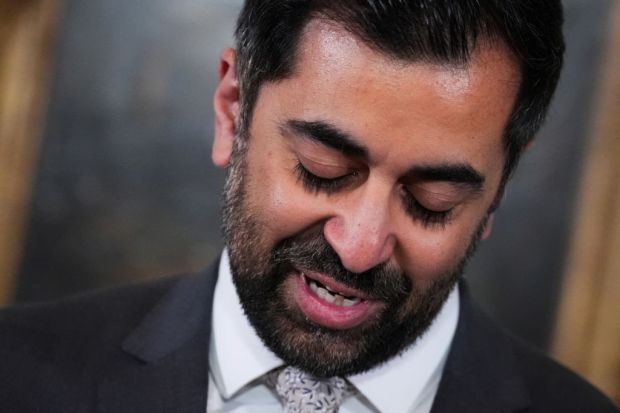In a dramatic about-turn, the Bank of England is now intervening in the gilts market to try and calm the reaction to Friday’s fiscal event. It will buy long-dated government gilts for the next two weeks, which will lower the cost of government borrowing. It is also postponing quantitative tightening (i.e. selling the securities it bought during QE).
My understanding is that the Bank’s intervention was to prevent the pension market from imploding. The rise in gilt rates meant that traditional pension funds were becoming forced sellers to meet collateral demands from banks. This risked a doom loop. The Bank’s actions have stopped the bleeding but there will likely be damage to the pensions sector, with some funds having lost huge amounts of capital. In the coming days, the scale of this damage and the knock-on effects will become clear.
The Bank is warning that ‘there would be a material risk to UK financial stability’ if it did not act. That is to stress its remit; to stabilise the UK economy rather than the government. But, the most remarkable thing about this situation is that it isn’t the result of an external shock but the government launching a set of dramatic policies into a deeply uncertain environment. Gilt yields have soared around the world, but nowhere more than Britain. At 4.5 per cent for a ten year bond, some economists believe that Kwarteng’s tax cut package now becomes unaffordable – to lower this rate he’d either need to restore market confidence or have the Bank of England intervene to lower yields as it did in lockdown.
Got something to add? Join the discussion and comment below.
Get 10 issues for just $10
Subscribe to The Spectator Australia today for the next 10 magazine issues, plus full online access, for just $10.




















Comments
Don't miss out
Join the conversation with other Spectator Australia readers. Subscribe to leave a comment.
SUBSCRIBEAlready a subscriber? Log in